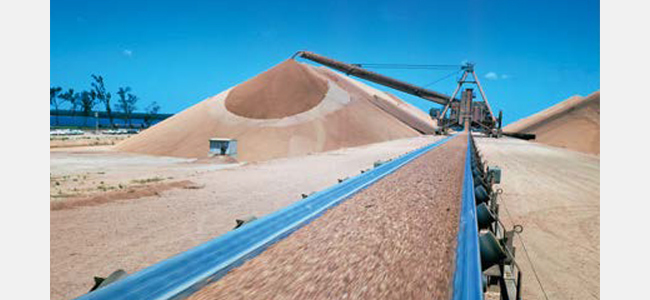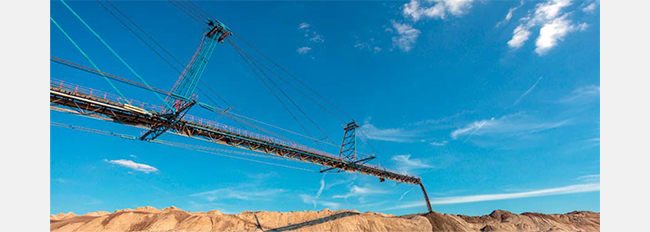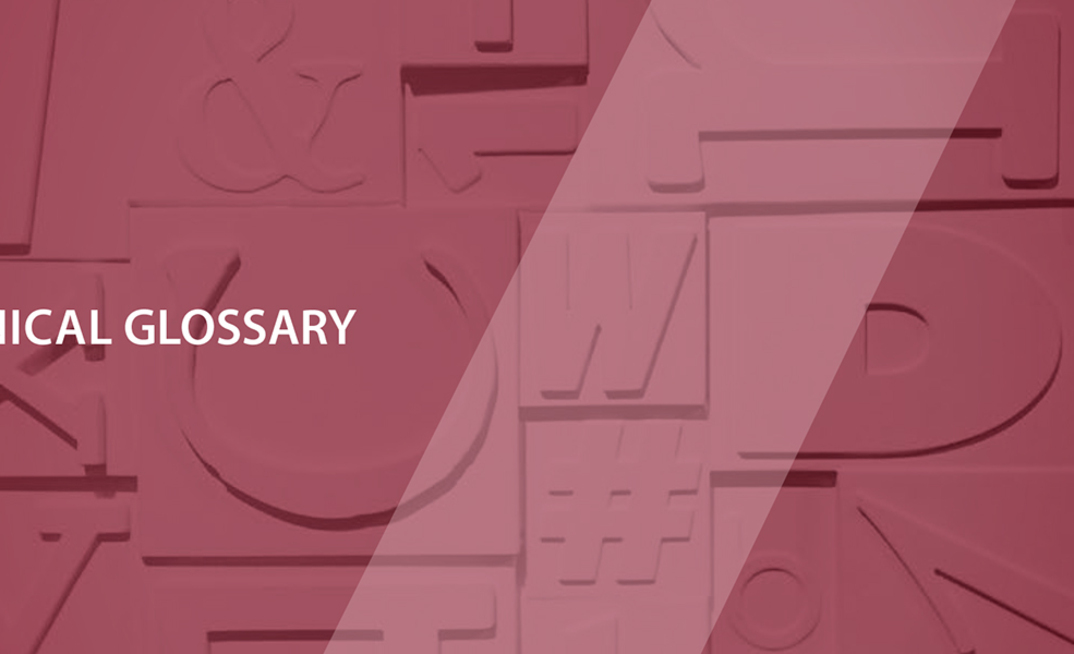Developing and maintaining international standards for the reporting of Ore Reserves, Mineral Resources and exploration results is important. With an increasingly globalised mining industry, the commodity wealth of countries attracting strong political attention and the impact that minerals have on the financial, accounting and investment communities, the need for common terminology and understanding across country boundaries and language barriers has never been greater.
Reporting standards
The historical evolution of reporting standards, over the past 50 years or so, inevitably reflects the varied influence of governmental institutions striving to derive a ‘precise' standard and professional institutions seeking to establish a technical basis for comparative assessments.
From the 1990s onwards, the influences of the financial community, specifically regulatory bodies which govern the operation of international stock exchanges, have shaped both reporting standards as well as the requirements for on-going disclosure, capital raising and other related transactions.
The prevalence of reporting standards therefore necessitated a means for establishing direct comparison/translation between one standard and another.
Accordingly, the establishment of the Combined Reserves International Reporting Standards Committee (CRIRSCO) in 1994 under the auspices of the Council of Mining and Metallurgical Institutes (CMMI) led to the development of the CRIRSCO International Reporting Template, first published in 2006. This is a document that represents the best of the CRIRSCO-style codes - reporting standards that are recognised and adopted world-wide for market-related reporting and financial investment. The latest template was published in November 2019 in accordance with its five-year updating cycle and incorporates key developments incorporated into recent updates of a number of underlying reporting codes. Specifically, the template includes direct guidance on key areas relating to reporting codes with chapter specific focus on: scope; competence and responsibility; reporting terminology; reporting of exploration targets and results; reporting of Mineral Resources and Ore Reserves; technical studies; metal equivalents; commodity pricing and marketing; permitting and legal requirements; sustainability and legal requirements as well as various supporting check tables and commodity specific appendices.
Accordingly, any standard as developed by national reporting organisations which has been mapped against the CRIRSCO International Reporting Template may be defined as an Internationally Recognised Reporting Standard (IRRS).
CRIRSCO is also recognised by global organisations such as the International Accounting Standards Board (IASB), the United Nations Economic Commission for Europe (UNECE) and the International Council on Mining and Metals (ICMM) - the latter is the key international organisation representing the mining industry on issues relating to the classification and reporting of mineral assets.

Image: iStock/JohnCarnemolla
Key concepts
Reporting of Mineral Resources and Ore (Mineral) Reserves in accordance with the IRRS specifies the mandatory membership of specific professional institutions which institutions must include an enforceable code of ethics within its articles of association.
Accordingly, each IRRS publishes, from time to time, a complete list of professional institutions which membership thereof inter alia is acceptable for supporting the reporting under each IRRS separately. The above also endorses the principle of the Recognised Overseas Professional Organisations (ROPOs) system.
A further consideration, which is unique to the minerals sector and so far to the CRIRSCO family of standards, is that of the Competent Person. The standards are based on principles that are designed to apply across commodities and throughout the development process of a mine from exploration through to production.
To make such a system work requires skilled and experienced people that can apply the mechanical parts of estimation while thinking clearly about the logic and the uncertainties in the process. Competent Persons must have a minimum of five years' experience relevant to the style of mineralisation and type of deposit under consideration and be members of professional bodies, with enforceable rules of conduct. With respect to the requirements and responsibilities of the Competent Person the IRRS respectively define the requirements for the core principles including competency, transparency and materiality. In this respect authors are referred to the respective IRRS, specifically with respect to competency requirements.
Accordingly, the key considerations for mapping national reporting standards to the CRIRSCO International Reporting Template are the embodiment of the following key concepts:
- definition of a Competent Person and/or qualified person
- membership of recognised professional institutions which have an enforceable code of ethics
- reciprocity, specifically with respect to recognised overseas professional organisations
- quality as reflected by the defining core principles of competency, transparency and materiality.
International recognised reporting standards
The following reporting standards have all been mapped to the CRIRSCO International Reporting Template (2019 or 2013):
- The Australasian Code for Reporting of Exploration Results, Mineral Resources and Ore Reserves published by the Joint Ore Reserves Committee of the Australasian Institute of Mining and Metallurgy, Australian Institute of Geoscientists and Minerals Council of Australia, as amended (JORC Code) 2012 (www.jorc.org)
- The South African Code for the Reporting of Exploration Results, Mineral Resources and Mineral Reserves published by the South African Mineral Resource Committee under the joint auspices of the Southern African Institute of Mining and Metallurgy and the Geological Society of South Africa, as amended (SAMREC Code) 2016 (www.samcode.za)
- The various standards and guidelines published and maintained by the Canadian Institute of Mining, Metallurgy and Petroleum, as amended (CIM Guidelines) 2014 (www.cim.org)
- The CBRR (Brazil) Guide for Reporting Exploration Results, Mineral Resources and Mineral Reserves prepared by Comissão Brasileira de Recursos e Reservas - CBRR (CBR 2016)
- Code for Reporting of Exploration Results, Mineral Resources and Mineral Reserves as published by the Comisión Calificadora de Competencias en Recursos y Reservas Mineras, (Chile Code 2015) (www.minmineria.cl)
- Colombian Standard for the Public Reporting of Exploration Results, Mineral Resources and Reserves - ECRR published by the Colombian Commission of Mineral Resources and Reserves (2018) (www.crirsco.com)
- Indian Mineral Industry Code (IMIC) For Reporting Exploration Results, Mineral Resources and Mineral Reserves prepared by National Committee for Reporting Mineral Resources and Reserves in India (2019) (www.crirsco.com)
- Exploration Results, Mineral Resources and Mineral Reserves as published by The Joint Committee of KCMI (Indonesian Association of Geologists, Indonesian Association of Mining Professionals) (2017) (KCMI Code) (www.crirsco.com)
- The Kazakhstan Code for the Public Reporting of Exploration Results, Mineral Resources and Mineral Reserves (KAZRC 2021)
- The Mongolian Code for the Public Reporting of Exploration Results, Mineral Resources and Mineral Reserves 2014, (MRC 2014)
- The Pan-European Standard for Reporting of Exploration Results, Mineral Resources and Reserves published by the Pan-European Reserves and Resources Committee (the "PERC Reporting Standard") 2021
- A Code for reporting on Mineral Resources and Ore Reserves, established by the Joint Committee of the Venture Capital Segment of the Lima Stock Exchange, (Peru Code) 2003 - (www.bvl.com.pe)
- Russian Code for the Public Reporting of Exploration Results, Mineral Resources and Mineral Reserves prepared by the National Association for Subsoil Examination (NAEN) and the Society of Russian Experts on Subsoil Use (OERN) (NAEN Code) 2011
- The National Public Reporting of Exploration Results, Mineral Resources and Mineral Reserves Code of Turkey 2018 (the UMREK Code) as published by the National Resources and Reserves Reporting Committee (www.crirsco.com)
- The SME Guide for Reporting Exploration Information, Mineral Resources, and Mineral Reserves prepared by the Resources and Reserves Committee of the Society for Mining, Metallurgy, and Exploration Inc (the "SME Guide 2017")

Whilst the IRRS have been largely incorporated within the listing requirements of various international stock exchanges, there also remain certain standards which are in force, but not mapped to the CRIRSCO template.
Furthermore, it should be noted that various initiatives are underway regarding alignment of various national bodies to align other reporting codes with the CRIRSCO International Reporting Template for the Public Reporting of Exploration Targets, Exploration Results, Mineral Resources and Mineral Reserves (2019). Recently a number of IRRS have announced commencement of significant updates/reviews of their national reporting codes. A notable example of this is the current JORC Code Review which commenced in December 2020. In the United States the Securities and Exchange Commission has adopted regulation S-K 1300 which incorporates both revised Mineral Resource and Ore Reserve reporting terms and definitions (largely based on the CRIRSCO template) and also defined detailed reporting requirements for both domestic and foreign issuers listed in the United States of America.

Image: iStock/svedoliver
Explore the full Mining Journal Intelligence Global Finance Report 2022
Introduction
RESEARCH REPORTS
Mining Journal Intelligence Global Finance Report 2022 ePublication
Read the Mining Journal Intelligence Global Finance Report 2022 ePublication online
Technical Glossary
MINING JOURNAL GLOBAL FINANCE REPORT 2022
Technical Glossary: Technical study standards
This chapter is authored by leading global mining expert, SRK Consulting
MINING JOURNAL GLOBAL FINANCE REPORT 2022
Technical Glossary: Mineral asset valuation standards
This chapter is authored by leading global mining expert, SRK Consulting
MINING JOURNAL GLOBAL FINANCE REPORT 2022
Technical Glossary: Permitting and Sustainability
This chapter is authored by leading global mining expert, SRK Consulting
MINING JOURNAL GLOBAL FINANCE REPORT 2022
Technical Glossary: Funding options: technical expectations
This chapter is authored by leading global mining expert, SRK Consulting
MINING JOURNAL GLOBAL FINANCE REPORT 2022
Technical Glossary: Mineral Resources and Ore Reserve reporting standards
This chapter is authored by leading global mining expert, SRK Consulting

























